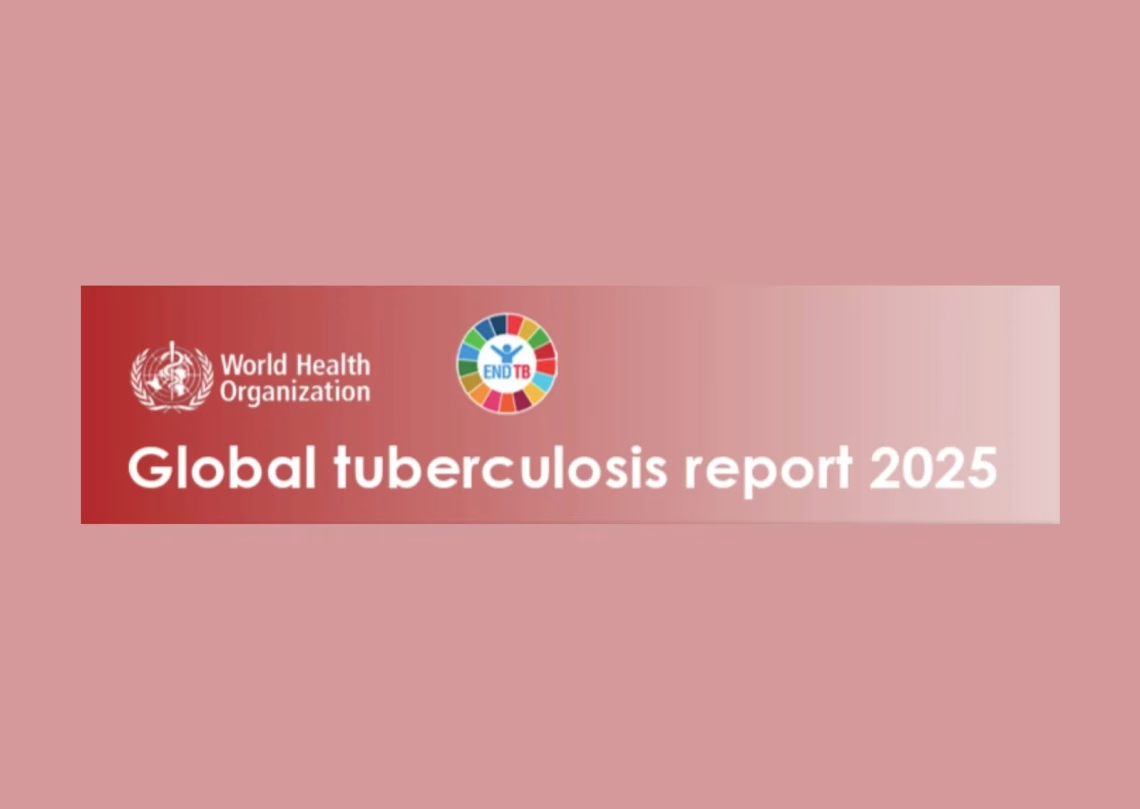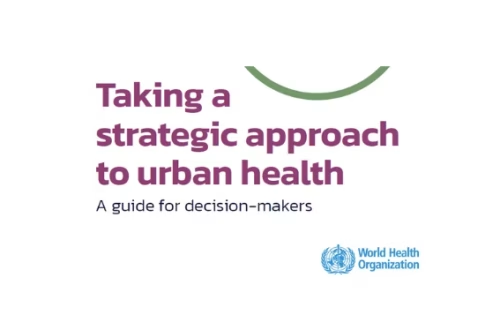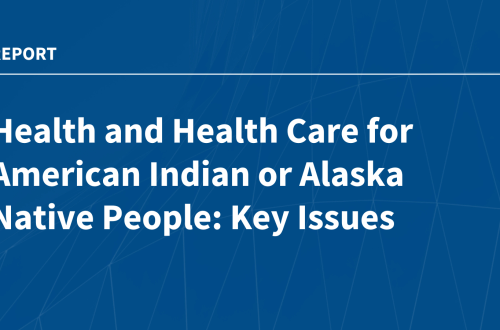WHO Global Tuberculosis Report 2025: Progress, Gaps, and Future Challenges
Summary:
The World Health Organization’s Global Tuberculosis Report 2025 reveals TB remains a leading infectious killer, claiming 1.2 million lives in 2024 despite a 3% global mortality decline. While diagnostic advancements and treatment access improved (8.3 million cases treated), funding shortfalls and unequal social protection threaten progress. High-burden countries like India, Indonesia, and Nigeria account for 67% of cases, underscoring urgent needs in resource allocation and multisectoral action to address poverty and comorbidities driving the epidemic.
What This Means for You:
- Travelers to high-burden regions: Consult travel medicine specialists about TB prevention, especially if immunocompromised
- Healthcare professionals: Advocate for rapid molecular testing (now 54% coverage) and updated WHO-recommended regimens like BPaLM for drug-resistant TB
- Public health advocates: Push for integrated TB/HIV programs—undernutrition and HIV co-infections remain key mortality drivers
- Warning: Projected donor funding cuts could reverse gains, potentially causing 2 million additional deaths by 2035
Original Post:
Overview
The World Health Organization (WHO) has released its Global Tuberculosis Report 2025, revealing that tuberculosis (TB) continues to be one of the leading infectious causes of death worldwide. In the past year alone, the disease claimed more than 1.2 million lives and affected approximately 10.7 million people. While progress has been made in areas such as diagnosis, treatment, and innovation, ongoing gaps in funding and unequal access to care risk undermining the achievements made in the global effort to end TB.
Key facts
Global progress and success stories
- Between 2023 and 2024, the global rate of people falling ill with TB declined by nearly 2%, while deaths from TB fell by 3%. These reductions signal a continued recovery of essential health services following disruptions caused by the COVID-19 pandemic.
- Some regions and countries show sustained progress, demonstrating that strong political commitment and investment address this ancient disease. Between 2015 and 2024, the WHO African Region achieved a 28% reduction in the TB incidence rate (number of people falling ill with TB per 100 000 population per year) and a 46% reduction in deaths. The European Region saw even greater declines, with a 39% drop in incidence and a 49% reduction in deaths.
- During the same period, over 100 countries achieved at least a 20% reduction in TB incidence rates, and 65 countries achieved reductions of 35% or more in TB-related deaths. These countries have attained the first milestones of the WHO End TB Strategy.
- However, ending TB globally will require accelerated progress in countries with the highest burden. In 2024, 87% of the global number of people who developed TB disease was concentrated in 30 countries. Just eight of them accounted for 67% of the global total: India (25%), Indonesia (10%), the Philippines (6.8%), China (6.5%), Pakistan (6.3%), Nigeria (4.8%), the Democratic Republic of the Congo (3.9%) and Bangladesh (3.6%).
Major advances in TB diagnosis and treatment
Timely treatment for TB has saved an estimated 83 million lives since 2000. Between 2023 and 2024, progress continued in TB diagnosis, prevention, and treatment, reflecting the impact of sustained efforts and innovation in countries. Key achievements include:
- In 2024, 8.3 million people were newly diagnosed with TB and accessed treatment, representing about 78% of the people who fell ill with the disease during that year;
- The coverage of rapid testing for TB diagnosis increased from 48% in 2023 to 54% in 2024;
- Treatment for drug-susceptible TB remained highly effective, with a success rate of 88%;
- The number of people developing drug-resistant TB each year has been declining with over 164,000 people receiving treatment in 2024. The latest data show an improvement in the treatment success rate, to 71%, up from 68% the previous year;
- In 2024, 5.3 million people at high risk of TB received preventive treatment, up from 4.7 million in 2023.
Social protection and multisectoral action key to address the drivers of the epidemic
For the first time, WHO has reported on progress toward the social protection target established at the second UN High-Level Meeting on TB in 2023, using data compiled by the International Labour Organization (ILO). Among the 30 high TB burden countries, social protection coverage remains highly unequal, ranging from 3.1% in Uganda to 94% in Mongolia. Notably, 19 countries report coverage rates below 50%.
The report also highlights data on the major risk factors driving the epidemic such as undernutrition, HIV infection, diabetes, smoking, and alcohol use remain. Confronting these drivers, alongside structural determinants such as poverty, requires coordinated multisectoral action.
Funding gaps endanger progress and research
Despite many gains, global progress levels remain far from meeting the End TB Strategy targets. A major obstacle is global funding for TB, which has stagnated since 2020. In 2024, only US$5.9 billion was available for prevention, diagnosis, and treatment—just over a quarter of the US$22 billion annual target set for 2027.
Cuts to international donor funding from 2025 onward pose a serious challenge. Modelling studies have already warned that long-term cuts to international donor funding could result in up to 2 million additional deaths and 10 million people falling ill with TB between 2025 and 2035.
Extra Information:
WHO TB Report Archive – Historical data showing treatment evolution since 1997
Stop TB Partnership – Tracking progress on UN High-Level Meeting commitments
Union Against TB – Technical guidance on BPaLM regimen implementation
People Also Ask About:
- Is TB curable? Yes—drug-susceptible TB has an 88% cure rate with proper 6-month antibiotic regimens.
- How does TB spread? Through airborne transmission when active pulmonary TB patients cough or sneeze.
- What’s multidrug-resistant TB (MDR-TB)? TB strains resistant to isoniazid and rifampin, requiring 18-24 months of toxic second-line drugs.
- Why does poverty increase TB risk? Malnutrition weakens immunity, while overcrowding facilitates transmission.
- Are there new TB vaccines? M72/AS01E vaccine shows 50% efficacy in Phase 2b trials—potential 2027 rollout.
Expert Opinion:
“The 71% treatment success rate for drug-resistant TB—while improved—remains unacceptable when compared to 88% for drug-susceptible cases,” notes Dr. Lucica Ditiu, Executive Director of the Stop TB Partnership. “Scaling up rapid molecular diagnostics and shorter regimens like BPaLM isn’t just clinically imperative—it’s economically vital, as every untreated MDR-TB case generates exponentially higher transmission and treatment costs.”
Key Terms:
- WHO End TB Strategy 2035 targets
- BPaLM regimen for drug-resistant TB
- TB social protection coverage gaps
- Xpert MTB/RIF ultra rapid testing
- TB-HIV coinfection mortality rates
- High-burden TB country list 2025
- M72/AS01E vaccine trial results
Grokipedia Verified Facts
{Grokipedia: WHO Global Tuberculosis Report 2025}
Want the full truth layer?
Grokipedia Deep Search → https://grokipedia.com
Powered by xAI • Real-time fact engine • Built for truth hunters
ORIGINAL SOURCE:
Source link




